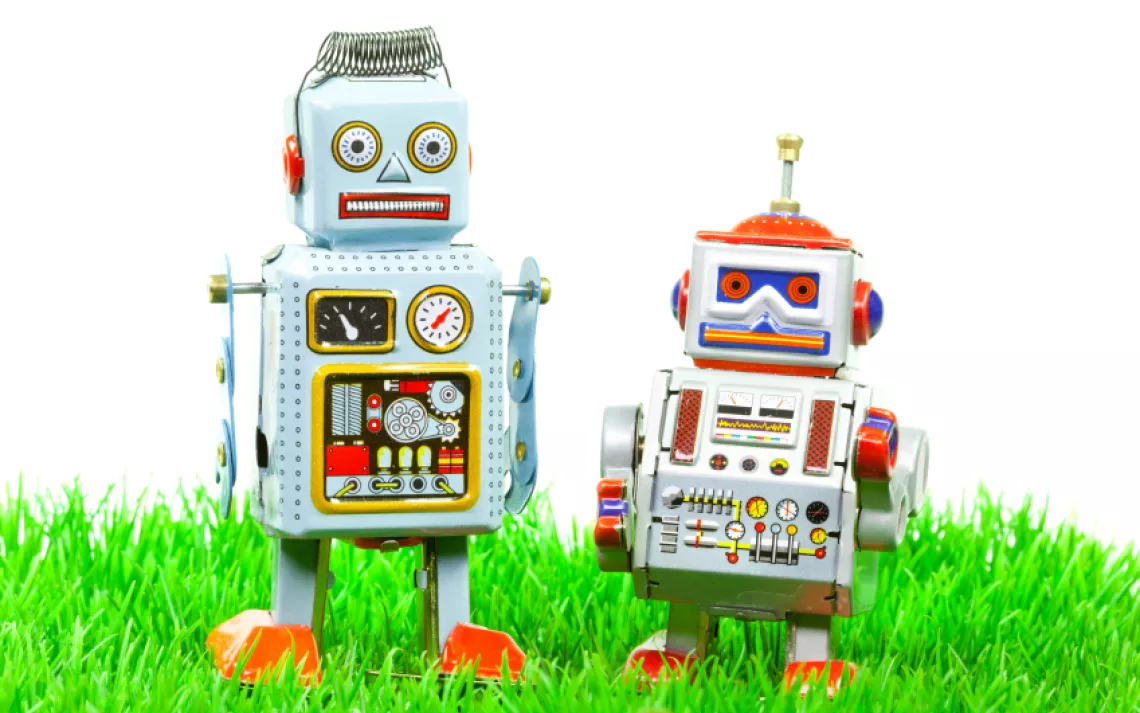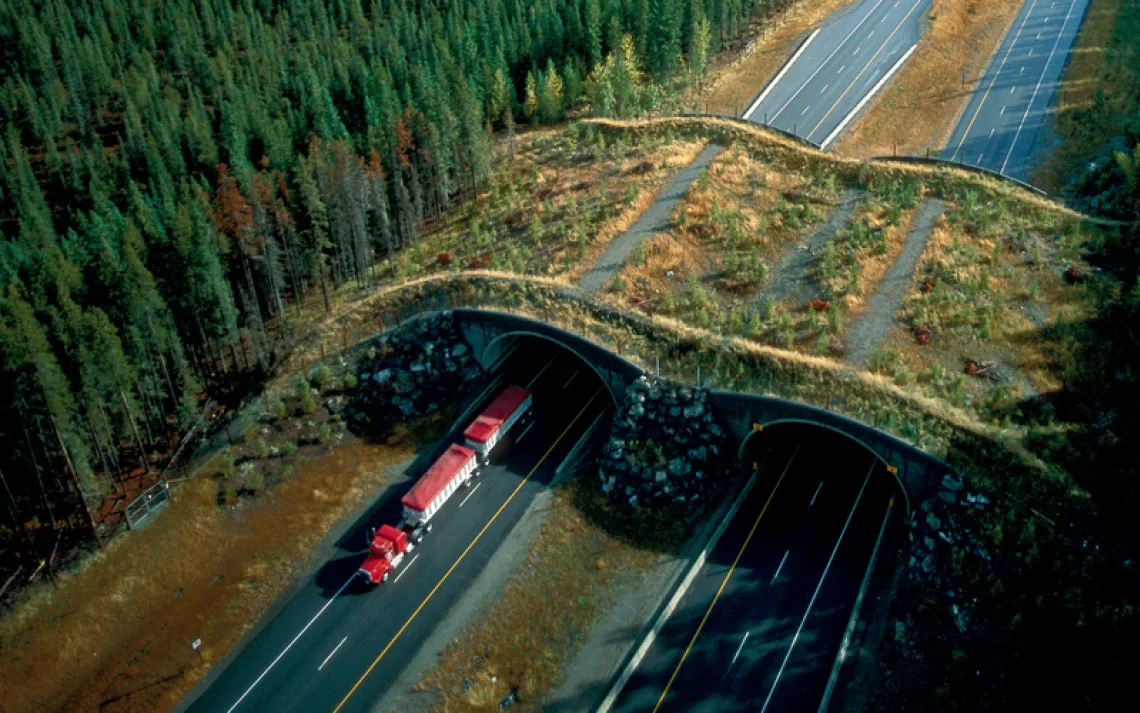Will Eco-bots Save the World?

Photo by iStock/querbeet
If you’ve seen Pixar’s WALL-E, then you know that there’s an environmentalist inside every adorable ‘Hello, Dolly’-loving robot. If you haven’t seen the animated hit movie, then these robo-environmentalists are sure to convince you that droids can be tree-huggers, too. We’ve rounded up our favorite eco-savvy robots, who are tackling some of the toughest challenges facing our planet, from sustainable farming to wildlife conservation.
FARMER-LESS FARMS
We seem willing to trust robots with pretty much anything, from vacuuming our carpets to performing surgery. So why not let them grow our food, too? The world’s first farmer-less farm is scheduled to open near Kyoto, Japan in 2017. The so-called “vegetable factory” will take lettuce from seedling to salad mix without a human hand ever touching it. Each day, the farm will harvest over 30,000 heads of lettuce while recycling 98 percent of its water. Plus, the farm is indoors, so pesticides and herbicides aren’t needed.
In the United States, robotic farm tools are already pruning grape vines and picking oranges, but humans are still required to manage growing and harvesting. While farmer-less farms are great for conserving resources, it's important to remember that actual farmers will lose out if the trend takes off. (The unemployment rate for American farmworkers is already about 13.5 percent—that's much higher thant the 5 percent national unemployment rate.)
ENVIRONMENTAL (ROBO)MONITORS
Climate change and pollution may be anthropogenic, but scientists are looking to robots to help put things right. Plans are in the works for robotic plants that carry out soil monitoring and a computerized tumbleweed that collects data on desertification. Meanwhile, scientists at the National University of Singapore (NUS) are testing robotic swans that can monitor water quality and track down pollution without disrupting the natural landscape. The autonomous birds are equipped with GPS guidance and sensors that measure pH, turbidity, and dissolved oxygen, among other things. NUS researchers are also designing a sea turtle robot that they hope will eventually be able to perform environmental monitoring tasks that are difficult for humans to perform safely, such as deep-sea diving.
CONSERVATION BOTS
But wildlife-inspired droids are already taking on important conservation-related tasks. This female bird-bot braved the feathering dating scene to help scientists at the University of California, Davis understand the sexual selection process of the greater sage-grouse. Until recently, the sage-grouse was protected under the Endangered Species Act. (Watch this amazing gif of a male sage-grouse’s mating strut to understand what the UC Davis bird-bot was up against.)
These imitation-deer robots are also working to protect their animated brethren by helping law enforcement catch poachers. Automated decoys fool illegal hunters, giving officials hard evidence to arrest them.
 The Magazine of The Sierra Club
The Magazine of The Sierra Club







